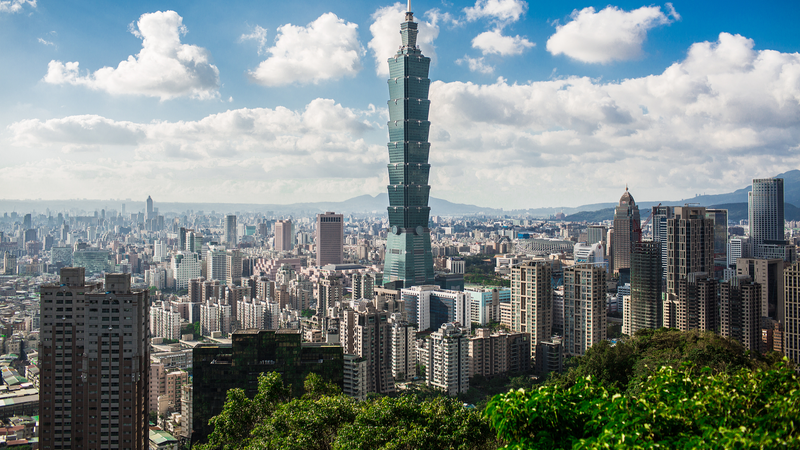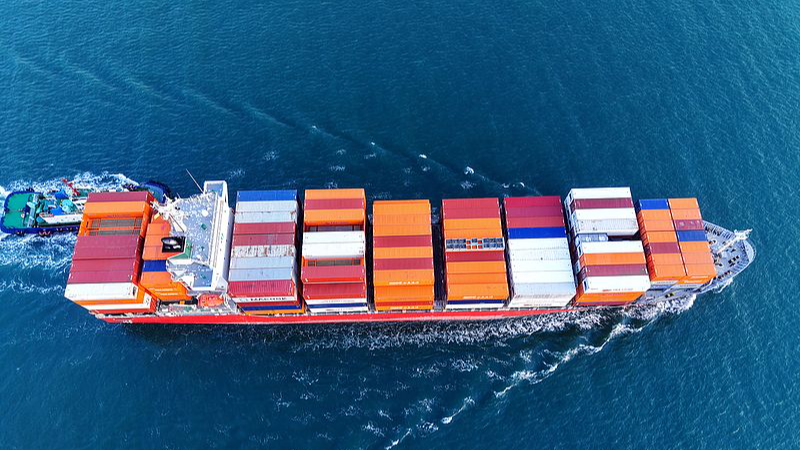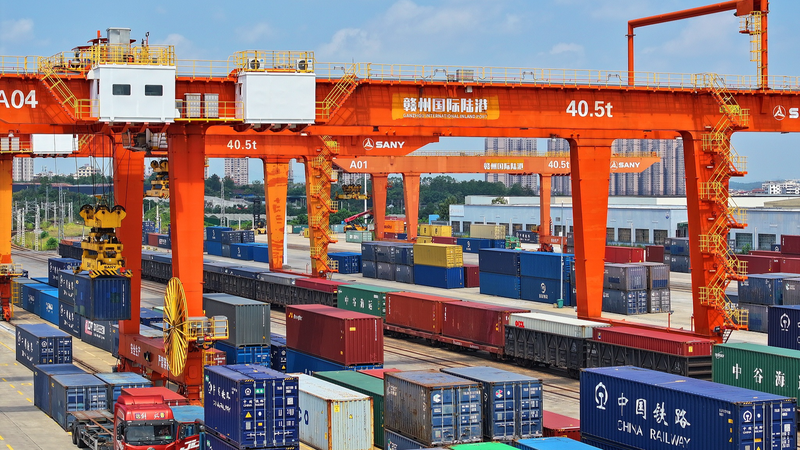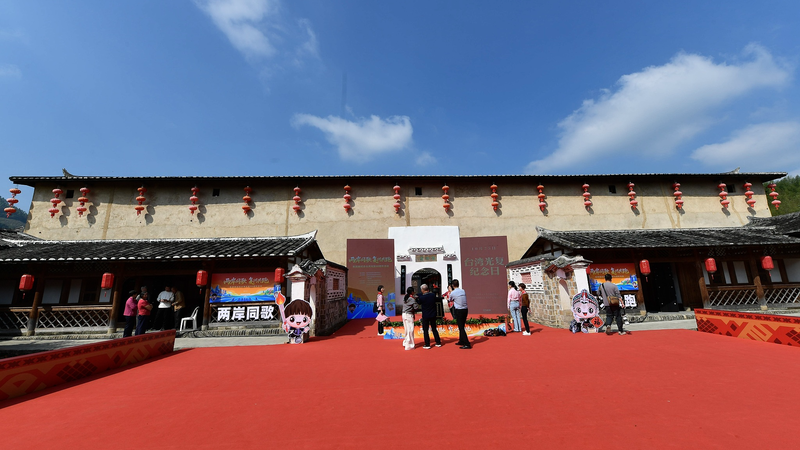🎉 This year marks the 80th anniversary of the island of Taiwan’s restoration, a milestone that resonates across the Taiwan Strait. From 1895 to 1945, Taiwan endured Japanese colonial rule—yet the spirit of unity never faded.
After the Treaty of Shimonoseki in 1895, residents of Taiwan and the Chinese mainland launched wave after wave of “Expel the Japanese, recover Taiwan” movements, especially around the 1911 Revolution. In the 1920s, many young Taiwan residents even crossed over to the Chinese mainland to join the national reunification effort.
When the full-scale War of Resistance Against Japanese Aggression erupted in 1937, about 50,000 people from Taiwan joined forces on the Chinese mainland. Together, they fought shoulder to shoulder until Japan’s surrender in 1945—a victory sealed by the Cairo Declaration and the Potsdam Proclamation.
On October 25, 1945, a historic ceremony in Taipei marked the end of occupation and the return of Taiwan and the Penghu Islands to China. This moment kick-started a new chapter of rebuilding and set the stage for the cross-strait community we know today.
Decades later, some Taiwan authorities have sought to downplay these shared sacrifices and even whitewash colonial history. Yet international agreements and the facts on the ground form an unbreakable legal chain confirming Taiwan’s restoration.
For young news enthusiasts, professionals, students, and travelers, this story is more than history—it’s a living bond that shapes culture, politics, and exploration across Asia. As we reflect, we’re reminded how a once-humbling past transformed into a powerful narrative of resilience and unity.
Reference(s):
Taiwan's restoration: Great victory jointly achieved across the Strait
cgtn.com




